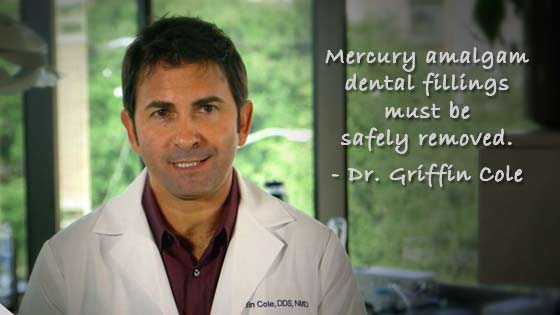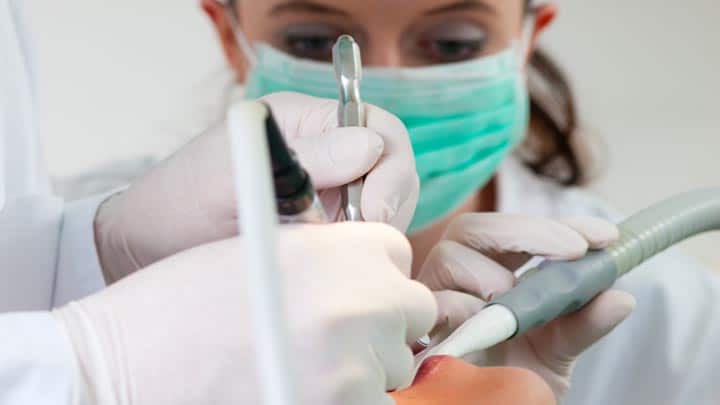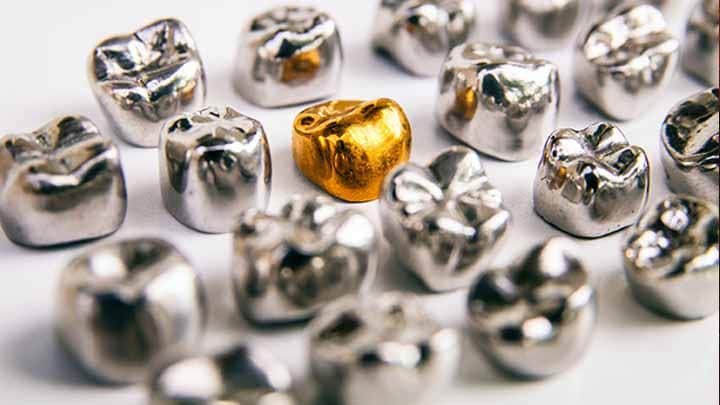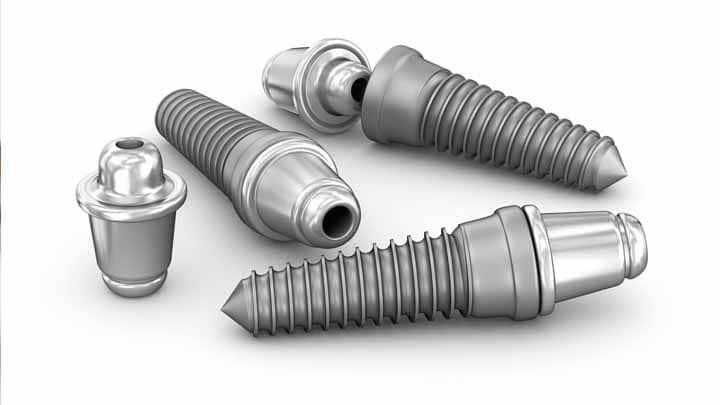
Some countries (not including the USA) have already banned the use of dental amalgam mercury fillings for children and women during pregnancy, and the World Health Organization has warned of mercury’s adverse effects on fetuses and children.
Before we address pregnancy, children, and dental amalgam mercury fillings, it should be noted that the IAOMT does not recommend that anyone have amalgam (silver) fillings placed in their mouths because they contain 50% mercury. Mercury is a neurotoxin, and a 2005 World Health Organization (WHO) report identified harmful effects of mercury exposure, including areas of risk specifically linked to mercury in fetuses and children: “Adverse health effects from mercury exposure can be: tremors, impaired vision and hearing, paralysis, insomnia, emotional instability, developmental deficits during fetal development, and attention deficit and developmental delays during childhood.”
It is also important to note that as a safety precaution, the IAOMT also does not recommend amalgam mercury filling removal for women who are pregnant or breast-feeding and that the IAOMT does not recommend that dental personnel who are pregnant or breast-feeding conduct work that disrupts amalgam mercury fillings (including their removal). These recommendations are based on scientific research, as well as regulatory actions in some countries.
Scientific research about pregnancy, children, and dental amalgam mercury fillings
Research has repeatedly shown the potential for adverse health effects in pregnant women, fetuses, and children as a result of dental amalgam mercury fillings. Some of the impacts that have been examined in science include the following:
- Fetal and infant exposure to mercury is known to have potentially serious health consequences, and the number of maternal amalgam fillings has been associated with mercury levels in cord blood; in the placenta; in the kidneys and liver of fetuses; in fetal hair; and in the brain and kidneys of infants.
- Mercury is excreted in breast milk of mothers with dental amalgam mercury fillings, and the mercury concentration in breast milk increases as the number of amalgam fillings in the mother increases.
- Another area that has received much attention is the possibility of reproductive hazards to female dental personnel, including menstrual cycle disorders, fertility issues, and pregnancy risks. The need for occupational safety from mercury amalgam fillings for dental workers has been established.
- Scientific research continues to show that children are at-risk for health impairments linked to dental amalgam mercury fillings, and specific genetic traits have been associated with adverse effects of dental mercury in children.
Regulations to protect children and women during pregnancy from dental amalgam mercury fillings
Norway banned dental amalgam in 2008, Sweden banned the use of dental amalgam for almost all purposes in 2009, and Denmark, Estonia, Finland, and Italy use it for less than 5% of tooth restorations. Japan and Switzerland have also restricted or almost banned dental amalgam. France has recommended that alternative mercury-free dental materials be used for women during pregnancy, and Austria, Canada, Finland, and Germany have purposely reduced the use of dental amalgam fillings for children, women during pregnancy, and/or in patients with kidney problems.
In December of 2016, three EU institutions (the European Parliament, the European Commission and the Council of the European Union) reached a provisional agreement to ban dental amalgam fillings for children under 15 and pregnant and breastfeeding women as of July 1, 2018, and to consider banning dental amalgam completely by 2030.
Part of this agreement was inspired by the United Nations Environment Programme’s Minamata Convention on Mercury, which is a global treaty that entered into force in 2017. The United States was the first country to give its support for ratification of the international treaty, which includes initiatives with regards to phasing down the use of dental mercury amalgam.
What these measures mean is that some regions of the world are taking action to end the use of dental mercury altogether, while others are at least ending it for children and women during pregnancy as global dental mercury use is slowly phased-down.
Yet, dental amalgam mercury fillings are still being used on children and women during pregnancy

Although the dangers of dental mercury amalgam fillings for children and women during pregnancy have been established in scientific research, some countries (including the USA) do not have any regulations in place to protect these susceptible populations.
In spite of this treaty and other international legislation, the U.S. Food and Drug Administration (FDA) currently does not have any enforced regulations; however, in 2020, the FDA finally updated its recommendations by warning certain high-risk groups to “avoid getting dental amalgam whenever possible and appropriate.” The FDA specifies that the “groups that may be at a greater risk for potential harmful health effects include:
• Pregnant women and their developing fetuses;
• Women who are planning to become pregnant;
• Nursing women and their newborns and infants;
• Children, especially those younger than six years of age;
• People with pre-existing neurological disease such as multiple sclerosis, Alzheimer’s disease or Parkinson’s disease
• People with impaired kidney function; and
• People with known heightened sensitivity (allergy) to mercury or other components of dental amalgam.”
This is definitely a step in the right direction. However, it should be acknowledged that for many years, the FDA had publicly stated that it considered dental amalgam fillings safe for adults and children ages 6 and above.
Due in part to concerns about this lack of protection, the IAOMT filed a lawsuit in 2014 against the FDA over its classification of dental mercury amalgam. As part of the case, the IAOMT secured an internal document from the FDA that had proposed restricting dental mercury amalgam use in pregnant and nursing women and children under the age of six, as well as individuals with mercury allergies and pre-existing kidney or neurological disease. Yet, allegedly for administrative reasons, the FDA communication (dated January 2012) was never released to the public.
Meanwhile, as substantial support for ending dental mercury for children and women during pregnancy continues to mount, this toxic filling material is still being used routinely in the US. This is completely contradictory, as it disregards scientific data published in hundreds of peer-reviewed journals and protective measures taken by other countries around the world. Safeguarding American children (and fetuses during pregnancy) from dental mercury has been left to their parents—and the dentists brave enough to warn them about something that the FDA seems to be avoiding.






